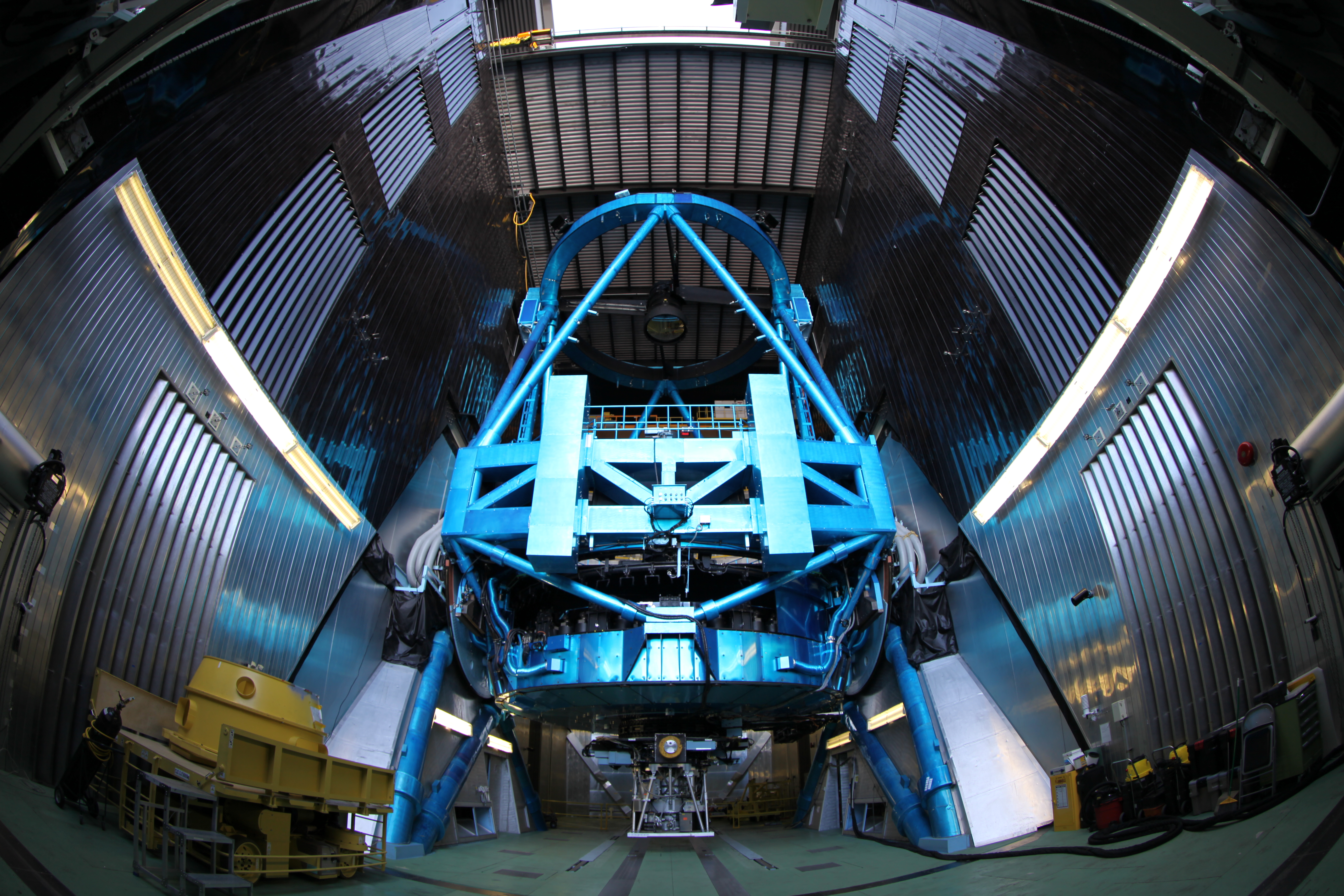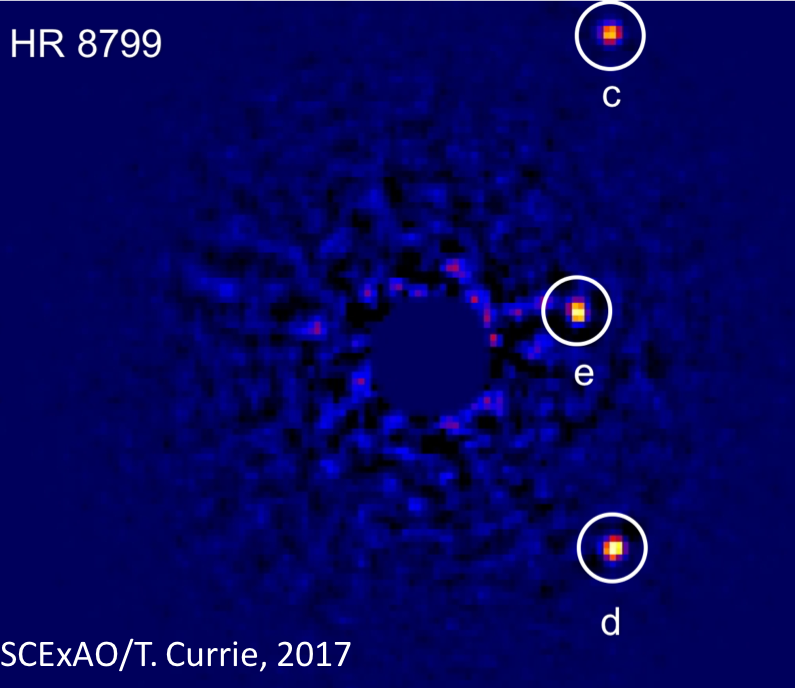Award-winning algorithm aids observation

The Subaru Telescope sits 14,000 feet above sea level at the summit of Mauna Kea in Hawaii, U.S. Photo courtesy of Subaru Telescope, National Astronomical Observatory of Japan (NAOJ).
-By Sonia Turosienski, KAUST News
Perched 14,000 feet above sea level at the summit of Mauna Kea in Hawaii, U.S., sits the Subaru Telescope. This is the site of one of the world's foremost observational facilities. The aim of this ground-based telescope is to deliver images sharp enough to help identify exoplanets—planets orbiting stars other than our sun. To do this accurately and efficiently, atmospheric turbulence needs to be corrected in real time.
Researchers at the Extreme Computing Research Center (ECRC) at KAUST have developed a new algorithm that uses supervised machine learning to control a small high-speed deformable mirror inside the exoplanet imaging camera to compensate for atmospheric turbulence in the Subaru Telescope, which has an 8.2 meter diameter.
Hatem Ltaief, KAUST senior research scientist; David Keyes, KAUST professor of applied mathematics and computational science and director of the center; Dalal Sukkari, a KAUST Ph.D. student; and Olivier Guyon from the University of Arizona and the Subaru Telescope were recently awarded one of the two best paper awards at the Platform for Advanced Scientific Computing (PASC) Conference in Basel, Switzerland for this work.
"We gave a plenary talk at the conference showing our latest results, which coincided with the first on-sky deployments and experiments of our partial singular value decomposition (SVD) algorithm. Impacting the research agenda of a major ground-based telescope like Subaru is perhaps one of the greatest research awards we can receive," said Ltaief.

The new algorithm is further reducing the noise visible in images like the one above. This image shows three planets orbiting star HR8799. The planets are gas giants, somewhat similar to Jupiter. They are young and warm, which makes them bright in this near-infrared image. Photo courtesy of the Subaru Telescope, National Astronomical Observatory of Japan, and SCExAO instrument team. Data reduced by Thayne Currie (NAOJ).
Ltaief explained, "To our knowledge, this is the first algorithm capable of computing a partial SVD, which in this case outperforms a standard SVD by a factor of four."
Guyon added, "Correcting atmospheric turbulence to image exoplanets is notoriously challenging due to the extreme star/planet brightness contrast. The instrument must, in real-time, use all available optical sensor measurements to compute and correct atmospheric aberrations. SVDs have previously been our bottleneck, and we can now unleash faster, smarter control algorithms."
"This work illustrates the payoffs of improving the performance of core linear algebra algorithms and software. This is a core mission of the ECRC. We find our software in applications that could never be planned but become compelling once engaged," explained Keyes.
"Here we are, in the desert of the Arabian peninsula, contributing to high performance numerical algorithms used at 14,000 feet in a remote location in Hawaii. We have high ambitions with this project moving forward, and knowing the historical contributions of this region in the field of astronomy, we hope this is just the beginning of bringing astronomy back home," said Ltaief.
"As a Ph.D. student, it is very exciting to witness how your research can make a qualitative impact by generating better images of exoplanets—and also a quantitative one by making it run close to real-time," commented Sukkari.
The team's algorithm will be deployed on extremely large telescopes with mirror diameters ranging from 25 to 39 meters.
Related stories:
- KAUST Ph.D. candidate receives KACST research grant
- Professor Carlos Duarte to receive the European Academy of Sciences Blaise Pascal Medal
- Xiaohang Li wins Harold M. Manasevit Young Investigator Award
-
KAUST Extreme Computing Research Center brings astronomy back home

